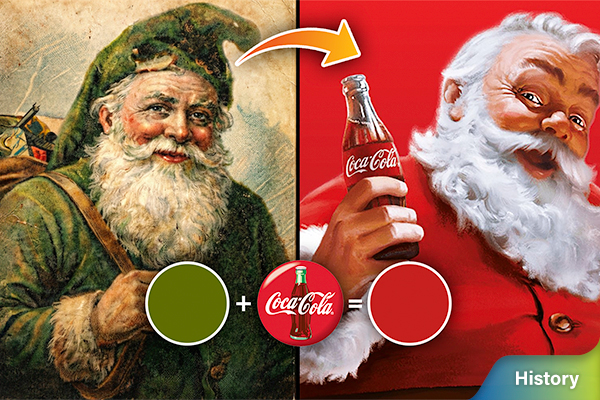Cold Compression vs Warm Compression: Which to Do When?
Learn when to do hot compression & when to do cold compression as a treatment.
Whenever we suffer from an injury or experience swelling and pain, doctors often recommend compression therapy. Sometimes they suggest using cold compression, and other times hot compression. But have you ever noticed for which issues the doctor suggests cold compression and for which they recommend hot?
Today, I'm going to tell you that!
Hot Compression
Hot compressions boost blood flow and direct the body's nutrients to the affected area. This type of therapy is especially useful for the following conditions:
- Morning stiffness: If you wake up with stiff joints, a hot compression can help loosen them up.
- Warming up muscles before activity: Applying heat before exercising can prepare your muscles for the activity.
- Muscle stiffness: Heat can relax tight muscles and ease stiffness.
- Body soreness: After a long day or intense workout, heat can help soothe sore muscles.
- Muscle spasms: Heat can reduce the discomfort of muscle spasms.
- Chronic pain: Conditions like arthritis and tendonitis can benefit from heat therapy.
- Post-injury phase (48-72 hours): After the initial swelling goes down, heat can help in the healing process.
Cold Compression
Cold compression, on the other hand, slows blood flow and helps reduce swelling and pain. It is particularly effective for the following conditions:
- Muscle sprain or strain: Cold therapy can help manage the pain and swelling of a sprained or strained muscle.
- New injury (24-48 hours old): Applying cold compression immediately after an injury can prevent excessive swelling and reduce pain.
- Swelling: Cold compresses are effective in reducing swelling from various causes.
- Muscle or bone pain: Cold can numb the painful area and provide relief.
- Gout (softness and redness of joints): Cold compression can alleviate the pain and swelling associated with gout.
- Muscle irritation: If your muscles are irritated, cold therapy can provide a soothing effect.
Reminder
Always confirm with your doctor before starting either hot or cold compression therapy. Each person's condition is unique, and a healthcare professional can provide the best advice tailored to your needs.
By understanding when to use hot or cold compression, you can better manage your injuries and pain. Remember, hot compressions are for boosting blood flow and relaxing muscles, while cold compressions are for reducing swelling and numbing pain.







